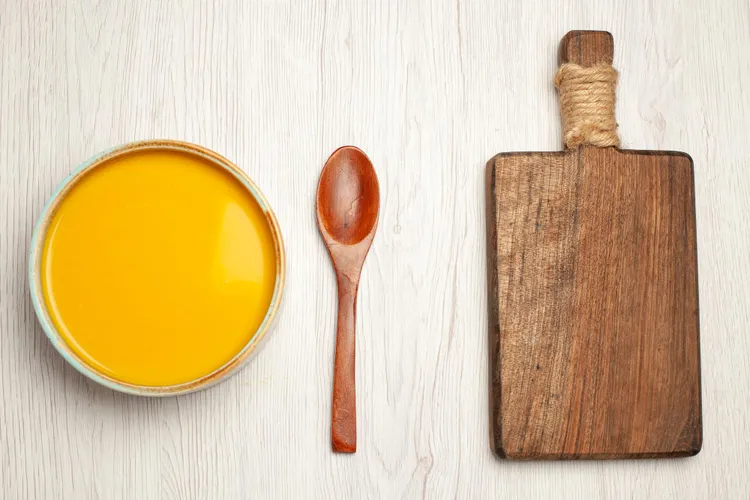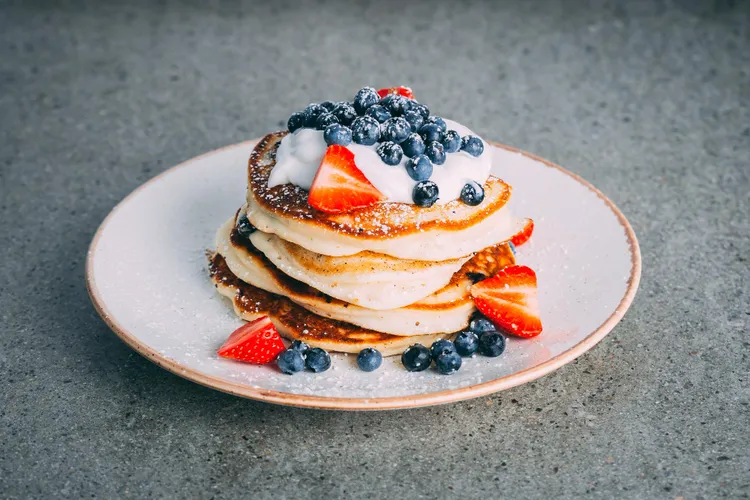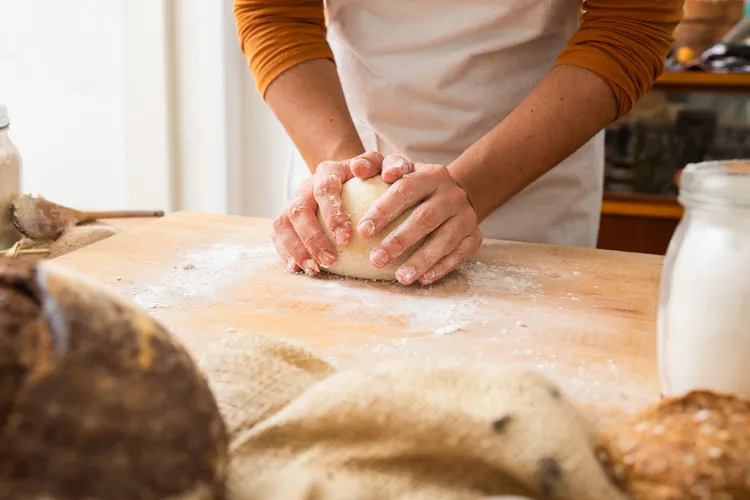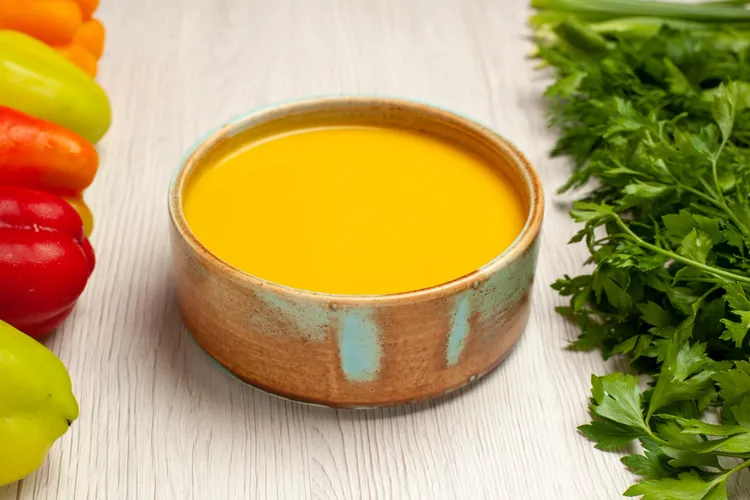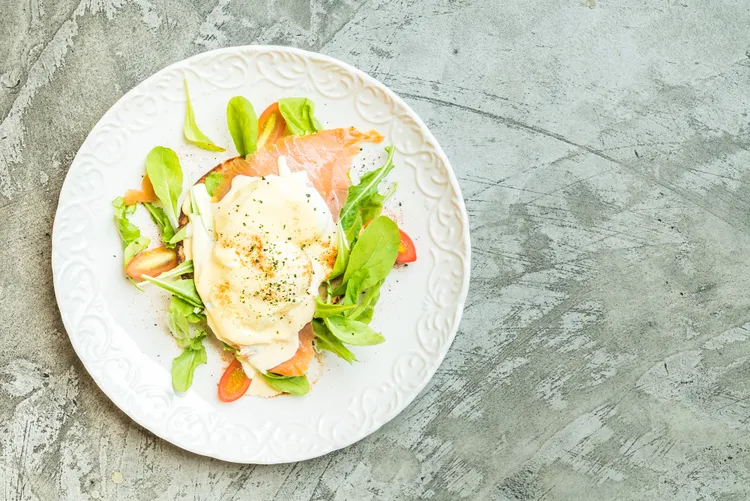How to Cook Sweet Potatoes Right: Techniques, Tips & Recipes for Sweet Potato Perfection
Whether you're roasting them to caramelized perfection or mashing them into a creamy dream, sweet potatoes are one of the most versatile, nutrient-dense, and delicious staples in any kitchen. But here's the thing: many home cooks are missing out on their full potential simply because they don’t know how to cook sweet potatoes the right way. Let’s dig in and unlock the magic of this humble root veggie!

Why Sweet Potatoes Are a Superfood in Disguise
Sweet potatoes aren’t just delicious - they’re packed with fiber, vitamin A (beta-carotene), vitamin C, potassium, and antioxidants. They’re naturally gluten-free, great for gut health, and can be cooked sweet or savory.
Health Benefits:
- Boosts immune function
- Supports healthy vision and glowing skin
- Regulates blood sugar levels
- Promotes fullness (great for weight control)
- Anti-inflammatory properties
Plus, they’re budget-friendly and kid-approved!
How to Choose & Store Sweet Potatoes
When shopping for sweet potatoes:
Look for:
- Firm, smooth skin with no soft spots or bruises
- Vibrant orange flesh (although purple and white varieties are amazing too!)
- Medium size (they cook more evenly)
Avoid:
- Wrinkled or sprouting sweet potatoes
- Dark spots or moldy patches
Storage Tips:
- Keep in a cool, dry place (not the fridge - it ruins the texture!)
- Store loose or in a paper bag for airflow
- Use within 2–3 weeks for best flavor
6 Best Ways to Cook Sweet Potatoes (And When to Use Each)
- Roasted Sweet Potatoes (Best for: Caramelization, crisp edges, meal prep)
Use parchment paper for crispier results without sticking.
- Baked Whole Sweet Potatoes (Best for: Simple meals, stuffing, or meal prep)
For ultra-caramelized insides, bake at 375°F for 1.5–2 hours.
- Mashed Sweet Potatoes (Best for: Comfort food, holiday dinners)
Use a ricer or hand mixer for extra fluffy mash.
- Sweet Potato Fries (Best for: Snacking, kids, burgers)
Space them out - overcrowding = soggy fries.
- Boiled or Steamed (Best for: Mashing, quick prep, baby food)
Save the cooking water - it’s rich in nutrients!
- Microwaved Sweet Potatoes (Best for: Speed and convenience)
Wrap in a damp paper towel for even cooking.
Common Sweet Potato Mistakes to Avoid
- Overcrowding the pan (especially for roasting or fries)
- Not drying the potatoes before roasting (leads to sogginess)
- Skipping the seasoning - sweet potatoes love bold flavors
- Storing in the fridge (it changes the texture and taste)
- Microwaving with no fork holes - hello, explosion risk!
Flavor Pairing Ideas for Sweet Potatoes
Sweet flavors:
- Cinnamon, nutmeg, maple syrup, honey, vanilla, pecans, marshmallows
Savory flavors:
- Garlic, cumin, paprika, rosemary, thyme, goat cheese, bacon, chipotle
Global fusion:
- Tahini + lemon (Mediterranean)
- Coconut milk + curry (Thai/Indian)
- Chili + lime + avocado (Mexican)
- Miso + sesame oil + scallions (Japanese-inspired)
5 Irresistible Sweet Potato Recipes to Try
- Maple-glazed candied sweet potatoes
Delicious and comforting side dish that combines the natural sweetness of sweet potatoes with a rich, caramel-like glaze.
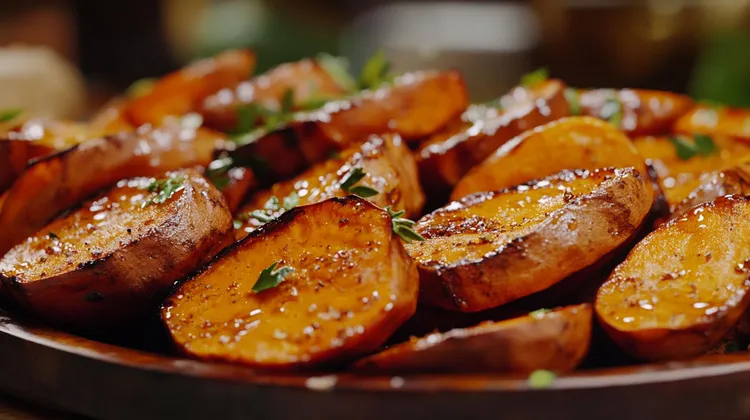
- Sweet Potatoes and sage gnocchi
Sweet potato and sage gnocchi is a delightful twist on traditional Italian gnocchi.
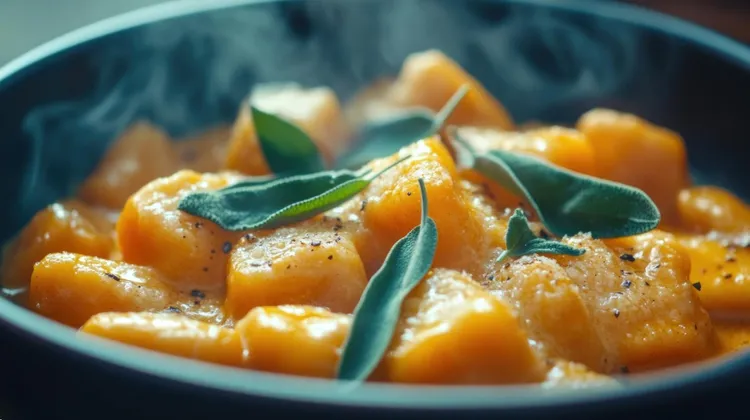
- Sweet Potato Fries
This recipe is simple and easy to follow, requiring just a few ingredients to achieve a perfect batch of sweet potato fries.
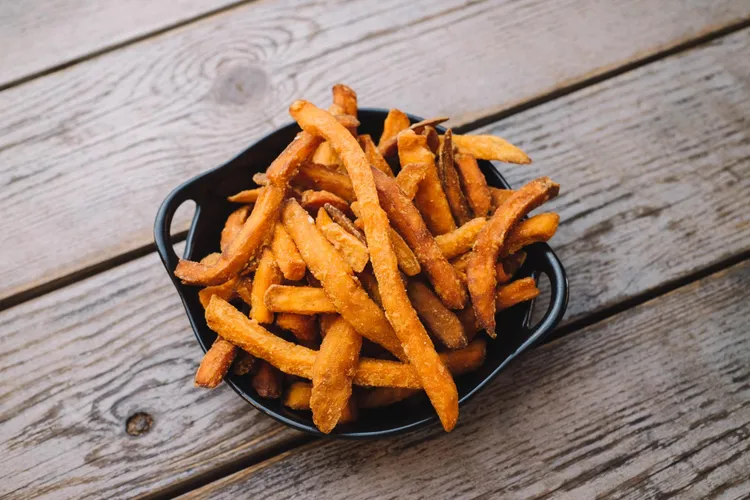
- Sweet Potato and Chilli soup
Quick and easy to prepare, this vibrant soup is ideal for chilly evenings or healthy lunches.
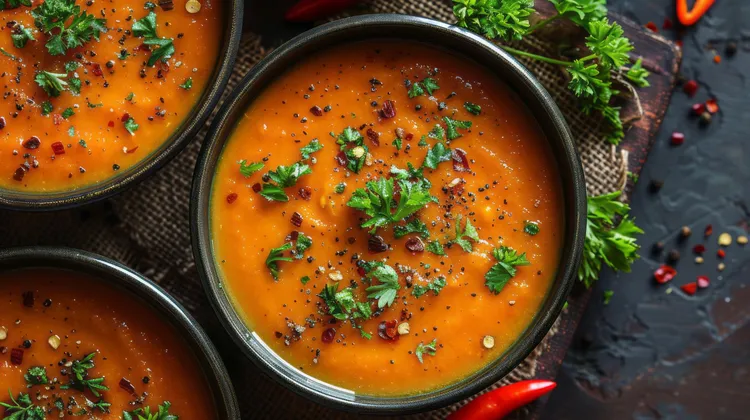
- Mustard Lentil and Sweet Potato bowl
Perfect for a healthy lunch or dinner, it’s packed with protein and fiber to keep you energized throughout the day.
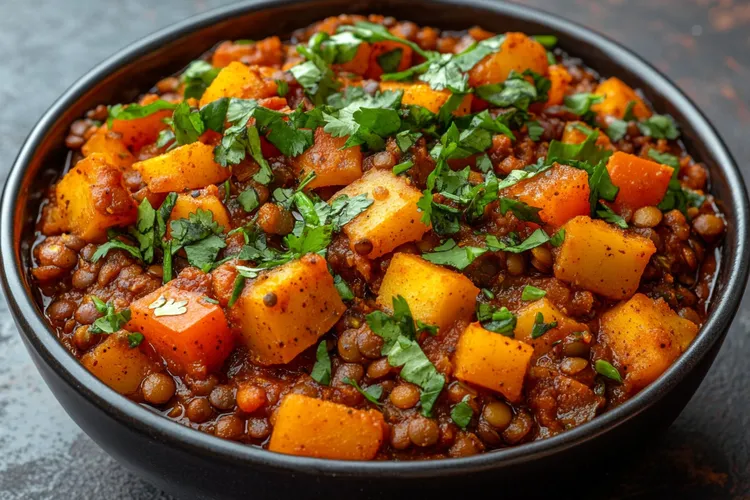
The Right Way to Cook Sweet Potatoes = Flavor + Nutrition
Sweet potatoes are a nutritional powerhouse and a culinary chameleon. Whether you like them crispy, creamy, sweet, or spicy, there’s a method - and recipe - that fits your taste.
To recap:
- Choose the right cooking method for your dish
- Season generously and cook at the right temperature
- Don’t forget to store, prep, and cook them the right way
